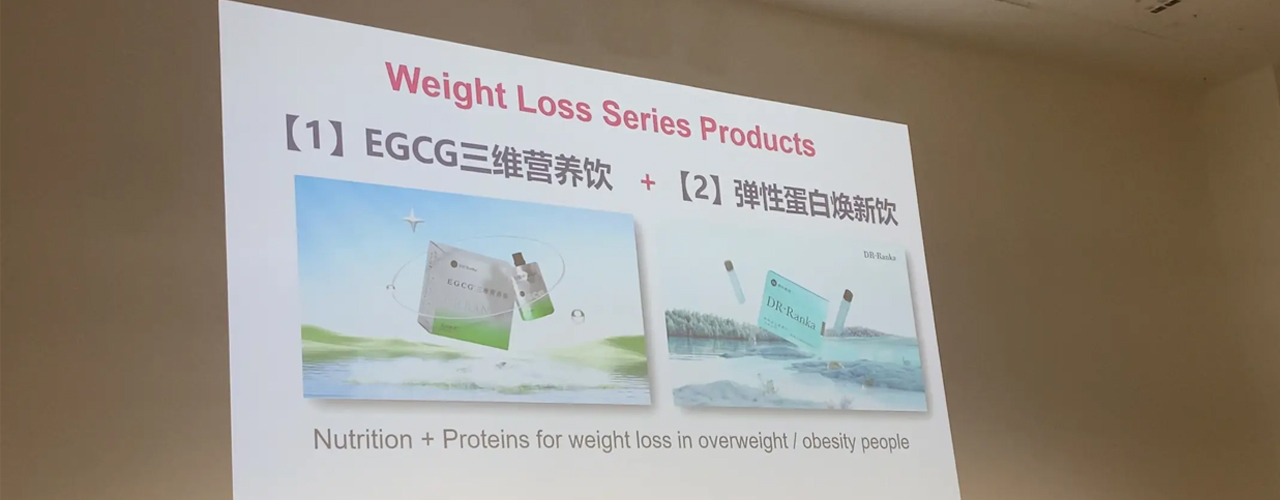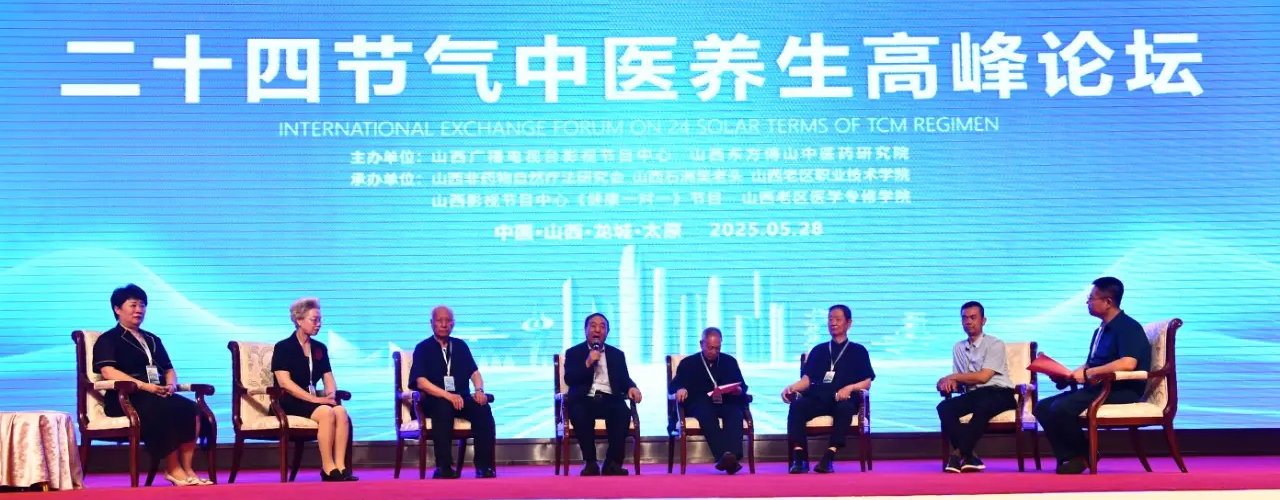In 1997, the European Foundation for Osteoporosis and Bone Disease (subsequently the International Osteoporosis Foundation, IOF) published guidelines for the diagnosis and management of osteoporosis, subsequently updated in 2008 by the IOF and European Society for Clinical and Economic Evaluation of Osteoporosis and Osteoarthritis (ESCEO). Since then, there have been significant advances in the field of osteoporosis. These include the development of new techniques for measuring bone mineral, improved methods of assessing fracture risk and new treatments that have been shown to significantly reduce the risk of fractures at vulnerable sites. Against this background, the Scientific Advisory Board of the ESCEO, in collaboration with the IOF, has recognised a need to update the guidance which is detailed below. The high societal and personal costs of osteoporosis pose challenges to public health and physicians, particularly since most patients with osteoporosis remain untreated. Indeed, less than 20 % of patients with a fragility fracture receive therapy to reduce future fracture within the year following fracture. The aim of this guidance is to stimulate a cohesive approach to the management of osteoporosis in Europe. The term guidance rather than guidelines is used, to avoid any prescriptive connotations since country- or region-specific guidelines are now widely available in many European countries and continue to evolve. Rather, the guidance can inform the development of new guidelines or the revision of existing guidelines. Whilst focussed on a European perspective and on postmenopausal women, the principles may be of some assistance in other regions of the world and in men.







